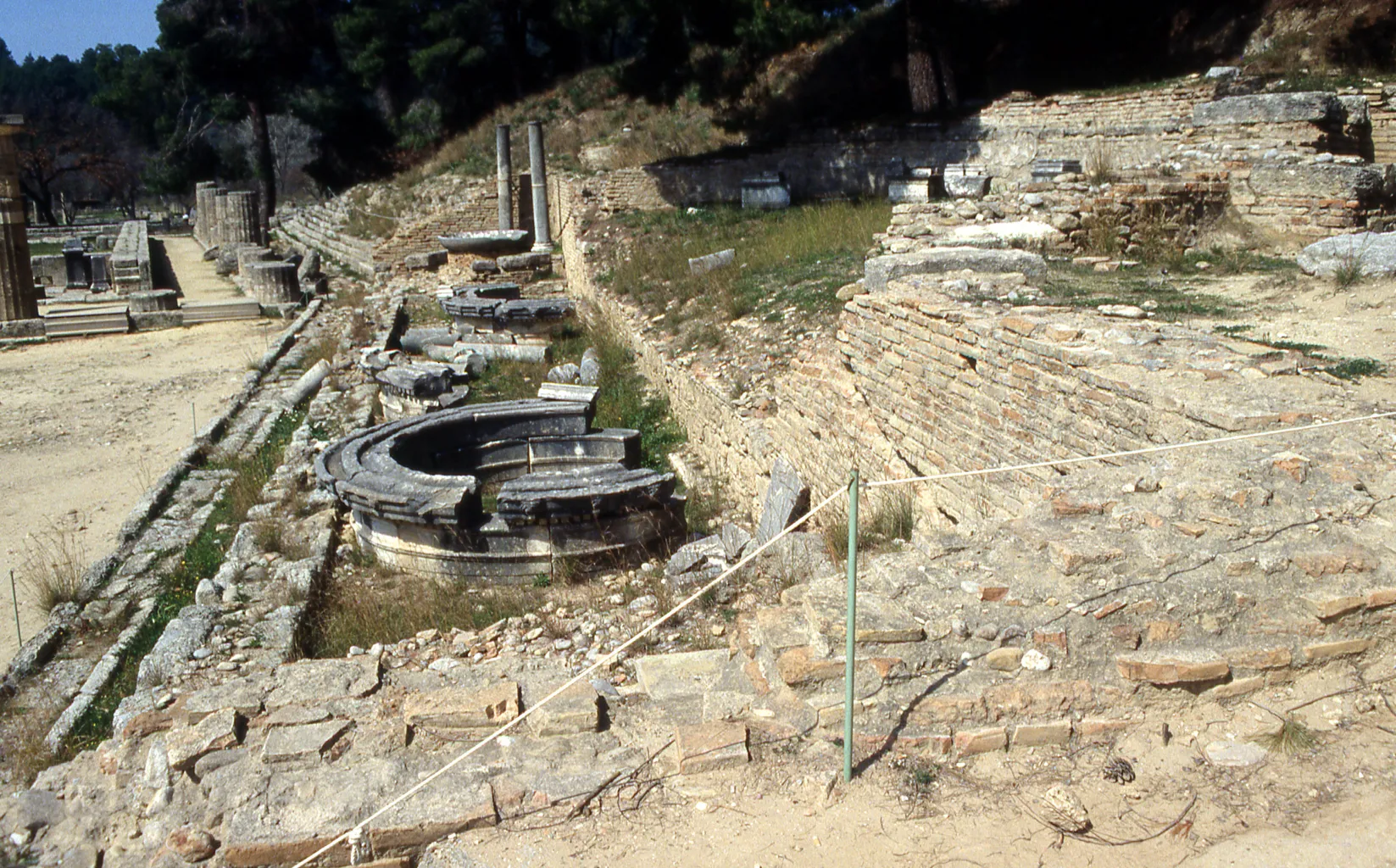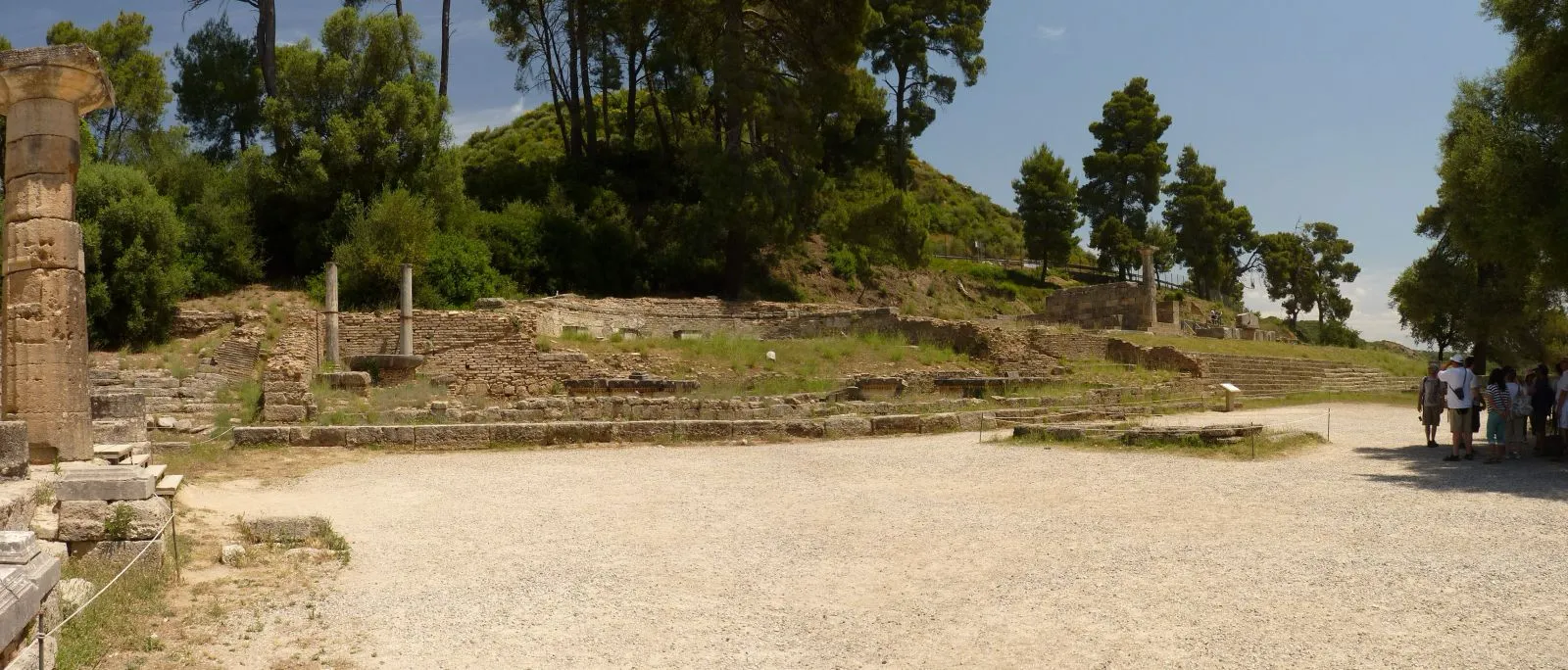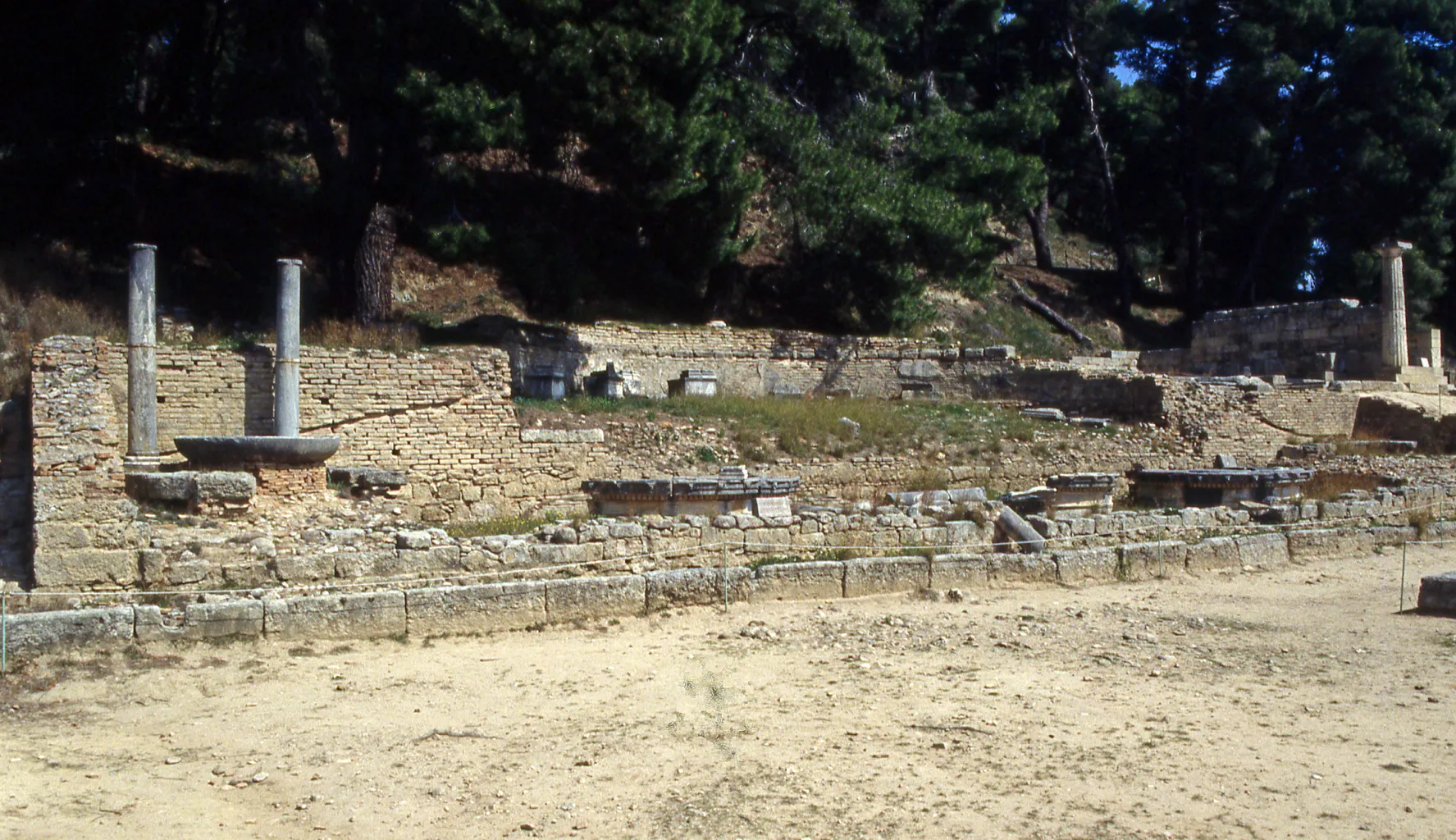The Historical Significance of Nymphaion
Nymphaion, an ancient city located in the Crimean Peninsula, holds significant historical importance. Founded in the 6th century BC, it served as a crucial hub for trade and culture in the Black Sea region. This blog post aims to provide an in-depth analysis of Nymphaion’s history, archaeology, and its role in ancient geopolitics.
Get your dose of History via Email
Founding and Early History
Greek colonists from Miletus founded Nymphaion around 580 BC. They chose the site for its strategic location and natural resources. The city quickly became a vital center for trade, particularly in grain and fish. Nymphaion’s economy thrived due to its access to the fertile lands of the Crimean hinterland.
Economic and Political Role
Nymphaion played a significant role in the economic landscape of the Black Sea. It served as a major grain-exporting port, supplying Athens and other Greek city-states. The city also engaged in the trade of fish, wine, and other goods. Its economic prosperity attracted various settlers, including Greeks, Scythians, and Thracians.

Politically, Nymphaion maintained a degree of autonomy while aligning itself with powerful neighbors. It often found itself under the influence of the Bosporan Kingdom. This relationship provided mutual benefits, including military protection and economic stability.
Archaeological Discoveries
Archaeological excavations have revealed much about Nymphaion’s urban layout and daily life. Researchers have uncovered remnants of public buildings, residential areas, and fortifications. Notable finds include temples dedicated to Greek gods, such as Aphrodite and Demeter. These discoveries offer insights into the religious practices and architectural styles of the time.
One of the most significant archaeological finds is the city’s necropolis. Excavations have unearthed numerous tombs, providing valuable information about burial customs and social hierarchies. Artifacts such as pottery, jewelry, and weapons found in these tombs further enrich our understanding of Nymphaion’s material culture.

Cultural Interactions
Nymphaion’s location facilitated cultural exchanges between Greeks and local populations. The city served as a melting pot where different traditions and customs intermingled. This cultural fusion is evident in the city’s art, architecture, and religious practices.
Greek influence dominated the city’s public and religious life. However, local elements also found their way into Nymphaion’s culture. For instance, some burial practices and artistic motifs reflect Scythian and Thracian traditions. This blend of cultures created a unique identity for Nymphaion.
Decline and Legacy
Nymphaion’s decline began in the 3rd century AD. Several factors contributed to this downturn, including economic challenges and political instability. The rise of new trade routes and the decline of the Bosporan Kingdom further weakened the city’s position.
Despite its decline, Nymphaion left a lasting legacy. Its contributions to trade, culture, and politics in the Black Sea region remain significant. Modern archaeological efforts continue to uncover new aspects of the city’s history, shedding light on its past.

Conclusion
Nymphaion stands as a testament to the complexities of ancient trade, culture, and politics. Its strategic location and economic prosperity made it a key player in the Black Sea region. Archaeological discoveries continue to reveal the city’s rich history and cultural interactions. Nymphaion’s legacy endures, offering valuable insights into the ancient world.
Sources:

